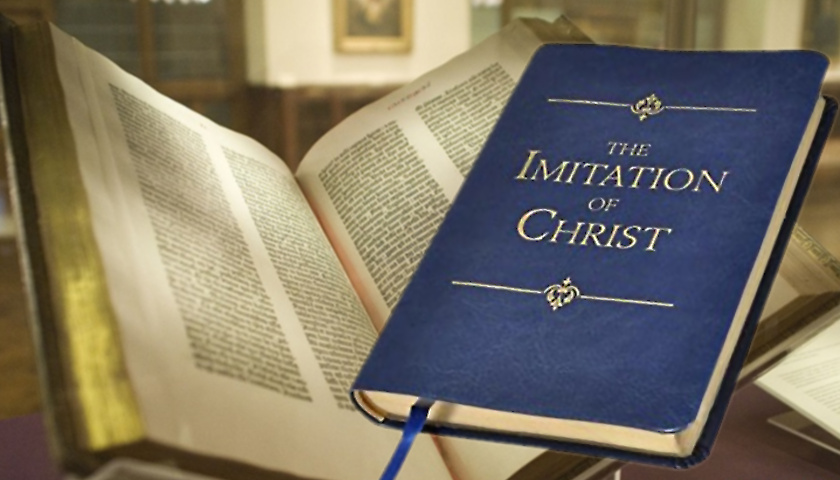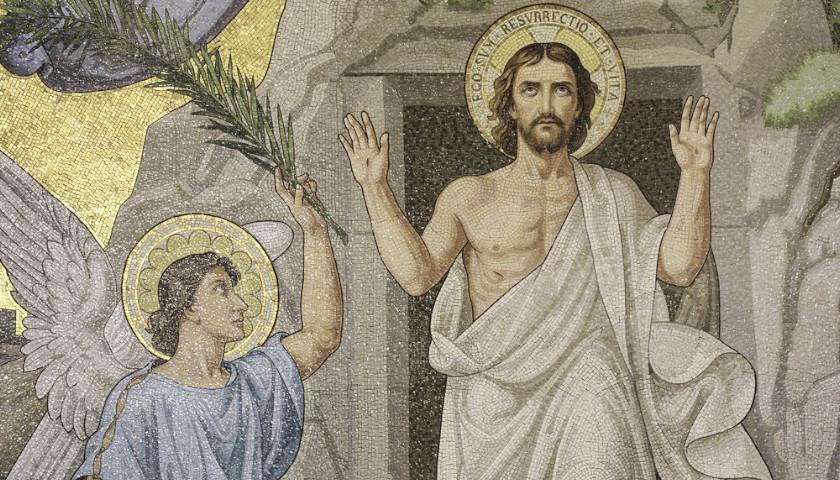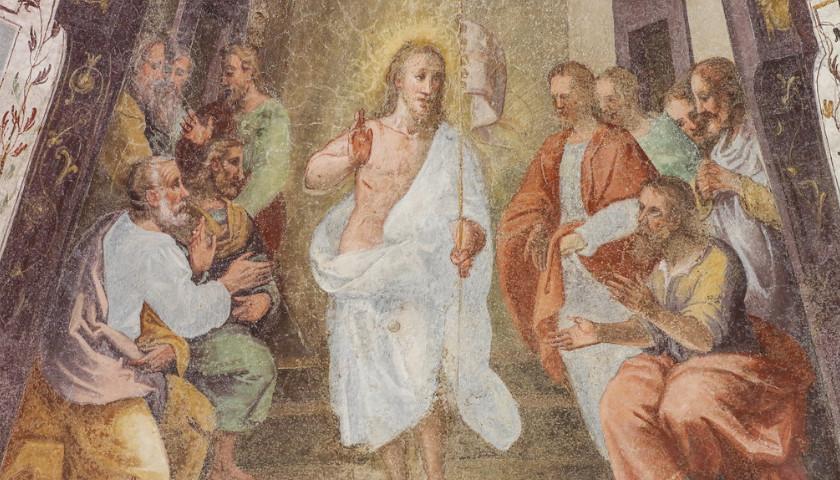by Daniel Lattier
If someone asks you to name the all-time bestselling book, you’d most likely answer “The Bible.”
And you’d be right. According to Guinness World Records:
“Although it is impossible to obtain exact figures, there is little doubt that the Bible is the world’s best-selling and most widely distributed book. A survey by the Bible Society concluded that around 2.5 billion copies were printed between 1815 and 1975, but more recent estimates put the number at more than 5 billion.”
But you might not have heard of the second-most sold and translated work of Christianity after the Bible… It’s The Imitation of Christ, written by the medieval monk Thomas à Kempis (1380-1471).
The Imitation of Christ is a 15th-century devotional work that calls its readers to a radical living of the Christian faith. In the four books that comprise it, it counsels readers to reject the “vanities of the world”, to cultivate silence and turn inward, and to “take up the cross” by embracing suffering and humility in their lives.
The fact that between 1500 and 1650 over 650 editions of it were produced, in a wide variety of languages, is a testimony to a less-secularized time in the history of Western Civilization. As the Scottish philosopher Thomas Carlyle noted, since it was first published, The Imitation has exercised a major influence on the spirituality of Christians of all tongues and sects. It has even been praised by non-Christian figures such as Gandhi.
Some, such as Kevin T. DiCamillo writing for Crisis Magazine, have even claimed that The Imitation is not only the second bestselling work of Christianity, but the second bestselling work of all time:
“But who takes the silver medal in terms of sales? And also in terms of translations?
Not the Quran. Not Chairman Mao’s Little Red Book. Not Euclid’s Geometry. Not L. Ron Hubbard’s Dianetics.
Second-place goes to another Catholic classic, The Imitation of Christ by Thomas á Kempis.
While this kind of statement invariably stirs up ill-will amongst Muslims—who have a point that the Quran is more-widely disseminated, if not sold—and hard-core Chinese Maoists (and, for that matter, Scientologists), the most reliable data out there is that The Imitation (as it is almost always abbreviated) has sold more copies and been translated into more languages than any other text aside from the Bible itself.”
However, pace DiCamillo, though it’s safe to say that The Imitation is one of the bestselling books of all time, and second only to the Bible in terms of its influence among Christians, it’s almost impossible to accurately determine if it’s the second most sold and translated work ever.
Given his contribution to the Christian world, many have wondered why Thomas à Kempis is not a saint. Well, that’s the source of an Edgar-Allan-Poe-esque legend. According to this legend, when they exhumed Thomas’ body two-hundred years after his death, they found scratch marks on the inside of his coffin. This led people to believe that poor Thomas was buried alive, and may have died in anxiety and despair, which would be an obstacle to his canonization as a saint.
However, to my knowledge, there’s no definitive evidence confirming this story. There is, however, a Snopes article that regards it as a fact. So, you know, it must be true. 😉
– – –
Dan Lattier is a Senior Fellow at Intellectual Takeout. He received his B.A. in Philosophy and Catholic Studies from the University of St. Thomas (MN), and his M.A. and Ph.D. in Systematic Theology from Duquesne University in Pittsburgh, Pennsylvania. You can find his academic work at Academia.edu. E-mail Dan.









At about 5 billion printed copies so far, the Bible is well ahead of any other book in number of publications, much more than that of Mao Tse-Tung’s Quotations From the Works of Mao at some 900 million copies. Catholic Thomas Kempis work called The Imitation of Christ, did not cause people to imitate Jesus Christ.
For example, in about 1467 C.E., Wessel Gansfort (who had studied Hebrew and Greek and had acquired extensive knowledge of the writings of the early Church Fathers), was encouraged by Thomas Kempis on several occasions to turn to Mary for assistance.
Wessel Gansfort responded by saying:, “Why do you not lead me to Christ, who kindly invites all who are loaded down to come to him ?” Thomas Kempis “missed the boat” entirely with his words, but Wessel Gansfort “hit the nail on the head”.
Thomas Kempis followed Catholic tradition, not Bible teachings, just as the Pharisees followed man-made traditions when Jesus walked the earth. For instance, at Matthew 15, the Pharisees are scathingly condemned by Jesus for overstepping God’s command to honor their father and mother by means of a gift that could benefit their needy parents (“corban”, Mark 7:11) but instead put it for personal use (wrongfully nullifying their responsibility towards their parents), so that Jesus told them that “you have made the word of God invalid because of your tradition”.(Matt 15:6)
To grasp what Jesus really taught and how to imitate him, please consider the 320 page book online entitled “Jesus – The Way, the Truth, the Life” at JW dot org.